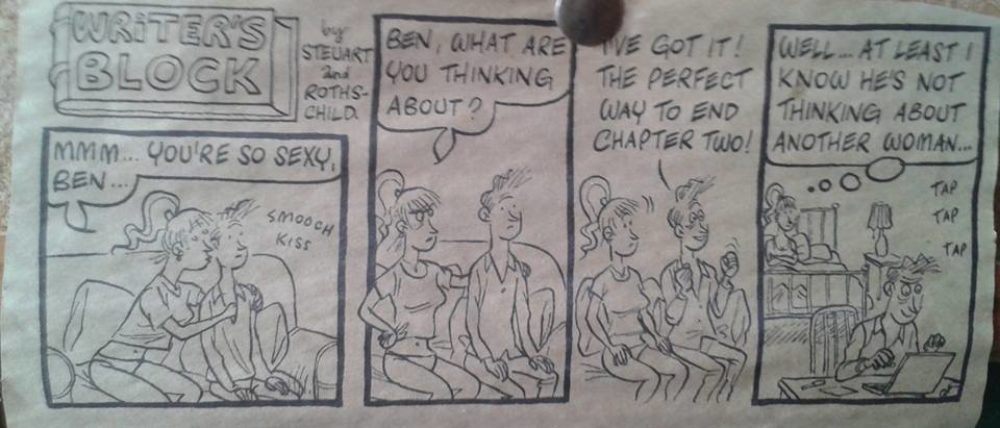Or, there and there and there and oh good grief they’re still getting there and then finally, please, hopefully, back again (in 2014).
I enjoyed The Hobbit and it has some good moments. The saddest thing is the sneaking feeling that just will not go away to the effect that the whole thing is … well, unnecessary.
The Fellowship of the Ring in 2001 was a movie whose time had come. It was ground breaking and deserves to be remembered as a great film just for what it accomplished – showing what could be done. (For story telling, null points.) And then of course there had to be the other two, because the first on its own would be pointless.
But The Hobbit did not need to be made. Not that need is a requirement for any piece of entertainment, almost by definition. But it didn’t. I will concede it needed to be split into at least two parts. Whether it needed to be a trilogy, I will hold fire on until I’ve seen all three. But, need? No. And what could have been achieved with a similar budget and more original imagination? We shall never know.
[It emphatically did not need to be 3D and I’m glad I didn’t bother. 3D would have given a little extra depth to some of the effects. It would have enhanced the story not at all. 2D rules.]
It gets off to a great start, just as the book requires, with Bilbo’s mounting frustration at his uninvited guests. I knew from the trailers that they would include the “Far over misty mountains” song, and a shiver went down my spine as they sung it. It sewed this group of disparate dwarves (dwarfs?) together and showed them for what they were – refugees and dispossessed inheritors of a shared culture. I hadn’t expected them to leave in the comedy “That’s what Bilbo Baggins hates” song number, let alone make it work, but they did, and it worked, and I was very pleased.
The back story was worked in well, for the benefit of the uninitiated, and it didn’t get in the way. The destruction of Dale and Smaug’s attack on the mountain had to be shown, of course, and they were all they should have been. (Dale in particular put in mind of Pompeii, an innocent city quietly going about its business until destroyed by fire; I wonder if that was deliberate, either on the part of Tolkien or Jackson?) Sylvester McCoy unexpectedly popped up as Radagast and was a little extra treat in his solo scenes. It’s with his later scenes, leading a bunch of orcs and wargs a goose chase over the mountains, that we begin to get the distinct feeling of padding. And then we meet Galadriel, who displays a cunning talent for rotating 180 degrees about her vertical axis without actually moving (that elf magic, eh?) and who doesn’t really need to be there, and after that … After that we really do sink into “enough, already” territory.
Beneath the Misty Mountains, the “riddles in the dark” scenes were precisely as they should be. The scenes with the dwar(ve)(f)s could have been slashed by at least 25%. I’d press for 50. There is only so much running around inside a video game that you can do before it all gets a little sameish, and it’s not playing fair with the audience when the lethality of a fall from a great height is a variable quantity depending on who is doing the falling and what the plot requires of them. And that … thing hanging from the goblin chief’s chin did not belong in a 12A movie. It wouldn’t really belong in an 18 movie. Maybe the type you can watch in hotels where you’re assured it won’t show up on your bill.
And then we’re out of the frying pan and oh Melkor please let it stop. Which it eventually did, with the eagles setting our heroes atop what I’m pretty certain was Lord Kevin’s Watch from the Thomas Covenant series. Making me wonder how they intend to get down. Maybe the next movie will fast forward through that bit. Or they can always call the eagles up again.
It’s entirely possible you could read this and assume I didn’t enjoy it, which would not be entirely correct. The goods outweigh the bads. But I am glad it was too dark to look at my watch. Still, roll on 2013 and let’s see what you have for us …
